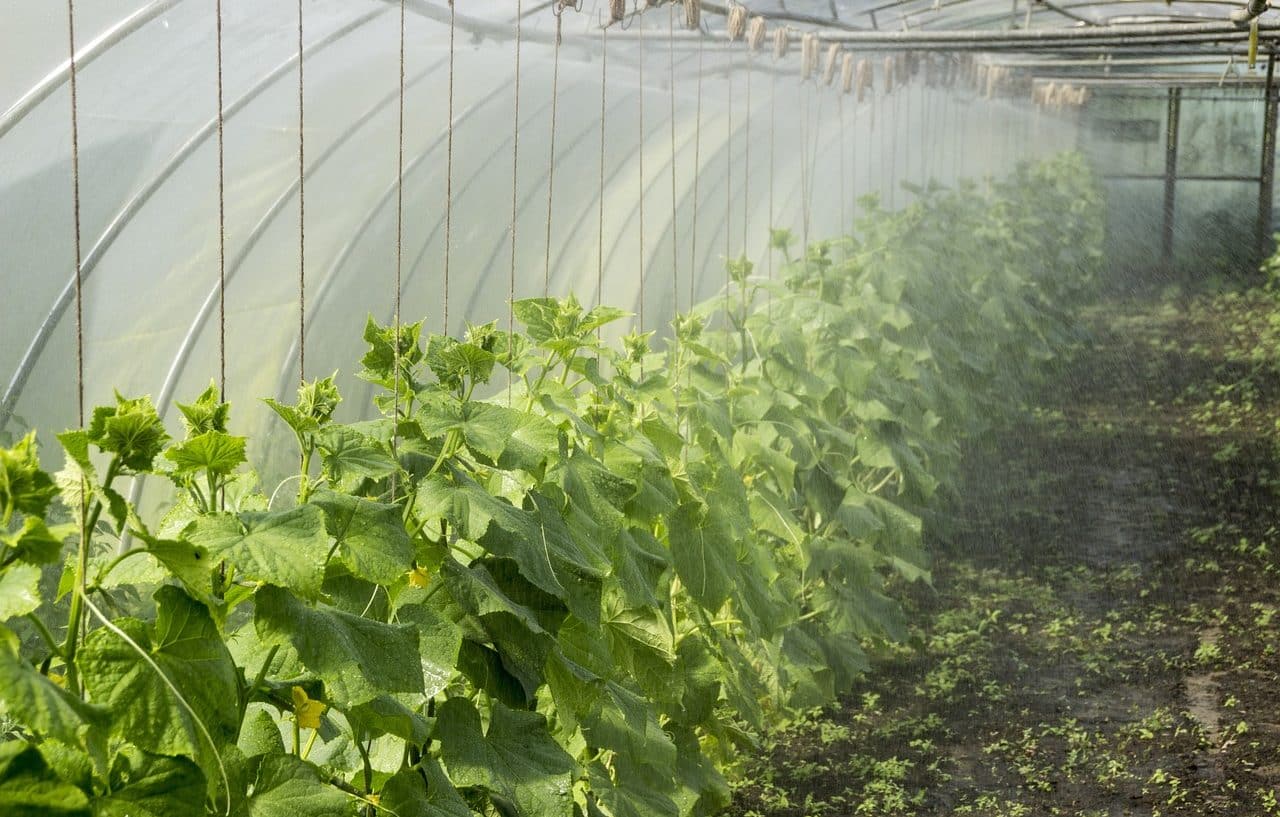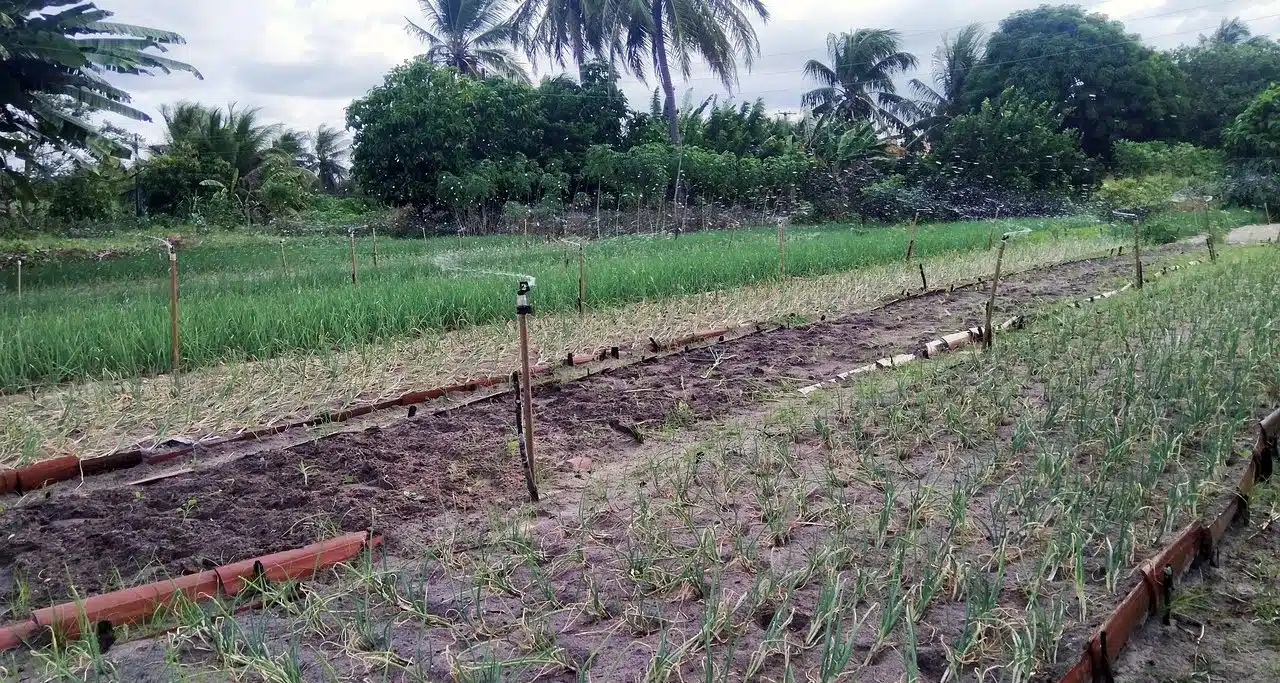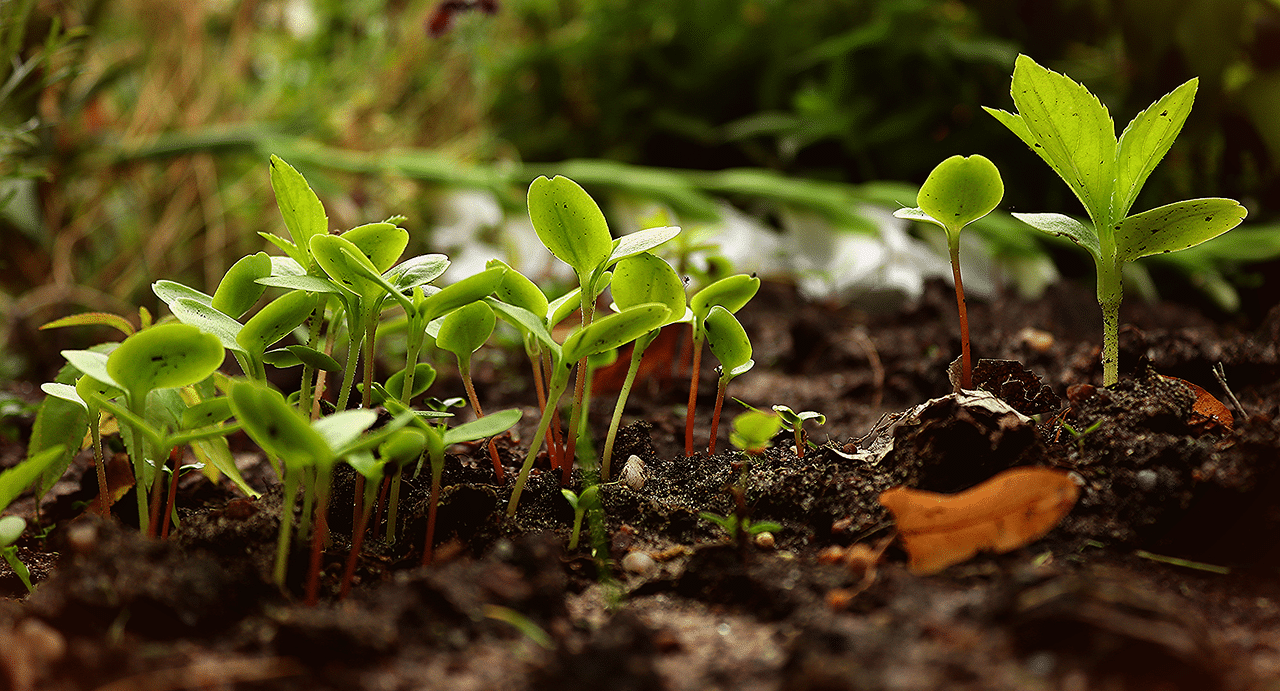
Permaculture promotes holistic management of local food production.
Permaculture is a holistic methodology that aims to develop sustainable environments and spaces . It is a system that revolves around the design of productive areas taking into account various ecological, social and economic principles.
Permaculture can be understood as a discipline that promotes the creation of areas suitable for production that are harmoniously integrated into the environment and respecting natural patterns. Among its premises are soil conservation , waste management aimed at promoting recycling and responsible energy consumption .
History of permaculture
The history of permaculture has its origins in 1910 . At that time, an American agronomist named Cyril Hopkins appealed to the notion of permanent culture (translatable as "permanent agriculture" ) to refer to a mode of agricultural practice that, by not causing the depletion of soil fertility, could be applied infinitely.
The term permaculture , thus, arose from the contraction of permanent and culture . Over time, the broader meaning of culture was considered to refer to a "permanent culture" , also considering the social dimension of agriculture.
Joseph Russell Smith,Toyohiko Kagawa,PA Yeomans,Masanobu Fukuoka yStewart Brand son otros autores que investigaron este tipo de cuestiones y promovieron actuaciones ecológicas.
As a system, however, permaculture was pioneered in the late 1970s by Australians David Holmgren and Bill Mollison. According to Mollison , permaculture is a work philosophy that is based on observing and understanding nature.
These experts took into account the need to replace the agroindustrial practices that were implemented after World War II , which in their opinion threatened biodiversity and caused high levels of pollution. Thus, considering traditional procedures of native inhabitants of Tasmania , they devised a methodology to create sustainable habitats.
The precepts promoted by Holmgren and Mollison transcended agriculture and also began to be used in economics, construction and other areas. Due to the integration of different actions towards overall sustainability , permaculture is said to be a holistic approach.

The design of resilient systems is one of the objectives of permaculture.
Its principles
Permaculture is based on a series of ethical and design principles. Regarding ethics , its pillars are the protection of the earth (taking care of natural resources in general) and of human beings (promoting the integral well-being of people) and the equitable distribution of surpluses (promoting self-sufficiency and avoiding waste).
As for the permaculture principles linked to design, there are twelve:
- Observation and interaction : To achieve learning about nature.
- Energy capture and storage : Exploiting renewable energies, such as wind energy and solar energy.
- Obtaining returns : The purpose of permaculture systems is to generate useful resources (energy, food, etc.).
- Self-regulation , self-sufficiency and feedback : These systems must have the capacity to adapt and evolve.
- Use and valuation of renewable resources : Leaving aside, as far as possible, those that are polluting and cannot be renewed.
- Waste minimization : Reduce generation and recycle waste created.
- Design from the general to the particular : Starting from the understanding of the natural structure, apply its operating guidelines to the creation of a human system.
- Integration and non-segregation : Promote cooperation between the various parts of the system.
- Gradual and small-scale solutions : Then resort to expansion.
- Valuing diversity : Both biological and cultural to increase adaptability and resilience.
- Valuation of the marginal : Taking advantage of the dynamics that occur at the limits of systems.
- Creative adaptation to changes : Learning from conditions that change over time.

Permaculture takes nutrient cycles into account.
Layers and zones of permaculture
Sustainable agriculture promoted by permaculture uses a layered design for the development of functional ecosystems. This idea is based on the links established by the components.
The soil cover layer (key to combat erosion), the herbaceous layer (perennial, biennial or annual plants), the shrub layer (woody species), the vertical layer (vines, climbers and climbers), the understory and the tree canopy are some of them.
A broader look focused on habitat and sustainable communities, on the other hand, recognizes six permaculture zones . Zone 0 is where the home is located, which must allow the use of natural resources to satisfy basic needs.
The area closest to home is Zone 1 , with home gardens and composting resources. As they move away from the center of the system, Zone 2 appears (with perennial plants and fruit trees for small-scale food production), Zone 3 (cash crops), Zone 4 (semi-wild forests that provide wild forage and edible plants) and Zone 5 (a wild region to observe natural cycles).
As you can imagine, zones 1 and 2 are the most visited on a daily basis. The others are little traveled, and even Zone 5 does not involve human intervention beyond observation.
